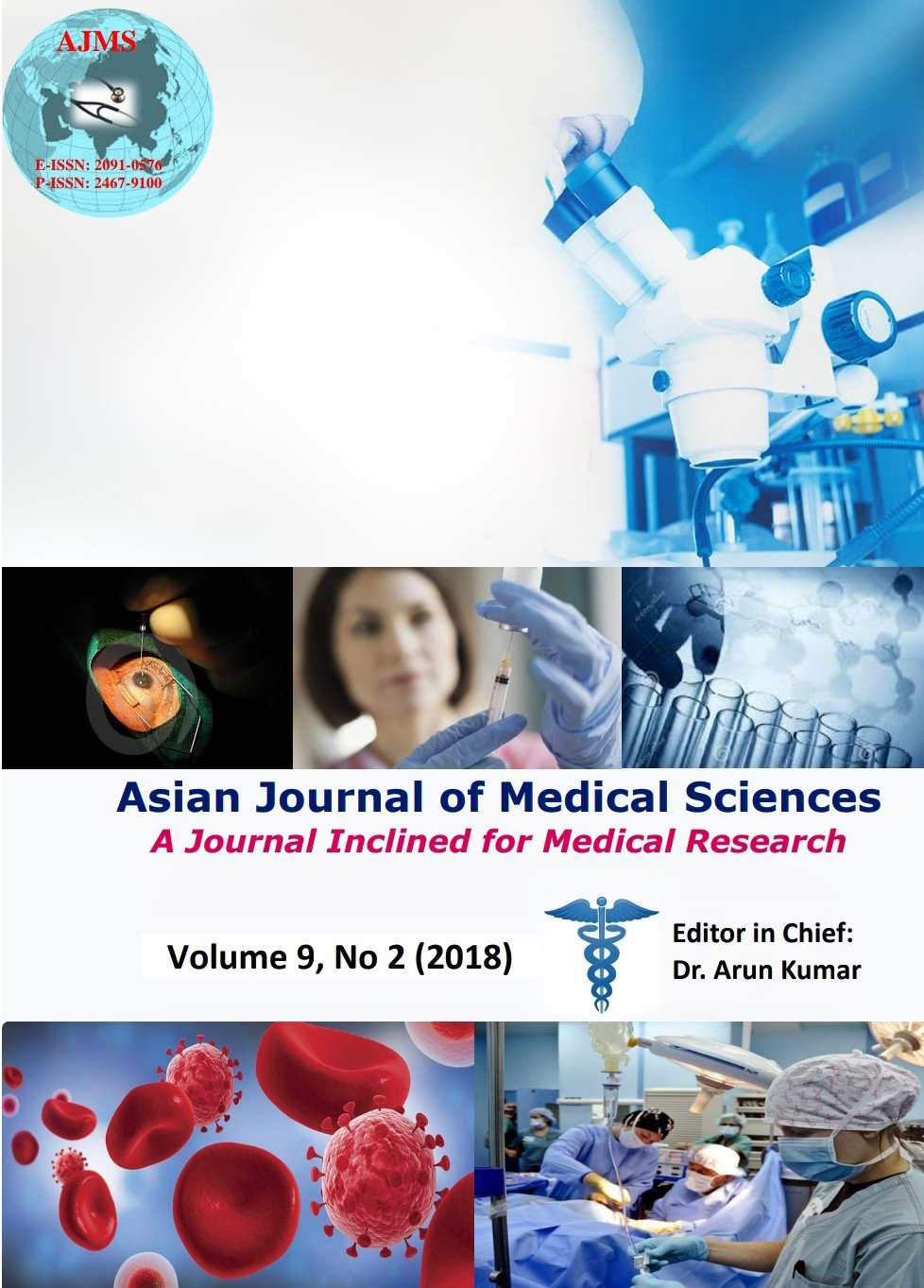A hospital based study on clinico microbiological profile of neonatal septicemia
Keywords:
NICU, Septicemia, Neonates, Blood culture, Anti-microbial sensitivityAbstract
Background: Globally, neonatal septicaemia is one of the common causes of neonatal death making it a grave problem. Timely diagnosis and adequate treatment is crucial for managing this burning issue.
Aims and Objectives: Early detection of neonatal septicaemia along with its infective etiological agent(s) and assessment of antimicrobial sensitivity pattern.
Materials and Methods: After getting approval from institutional ethics committee, an institution based observational, epidemiological study was conducted in ninety two neonates, clinically suspected for sepsis, admitted in neonatal intensive care unit (NICU) were included in the study. Written consent was obtained from their guardian. Blood was drawn from the neonates for estimating routine parameters and cultured for isolation of causative agents using standard protocol. Isolates were identified by staining and biochemical parameters.
Results: The present study had 92 neonates, out of which 53 were male and 39 were female. Bad obstetric history (BOH) was present in 23 mothers. Low to very low birth weight was seen in more than two thirds culture positive neonates. All neonates (100%) had poor cry, sucking and reflex problems. 51(55.43%) were culture positive of which bacterial pathogens was detected in 27(52.94%) and fungal agents in 24 (47.05%) cases. Bacterial sepsis was predominantly caused by different gram negative organisms (66.66%). Klebsiella sp. and Staphylococcus sp. were the principal isolates. Candida was the commonest fungus reported. Klebsiella isolates were most sensitive to cefotaxime and amikacin while Staph. epidermidis isolates were sensitive to Amoxicillin clavulinic acid.
Conclusion: This study was of immense help to the clinicians to minimise the neonatal mortality rate by early detection of causative agents and formulation of effective treatment.
Asian Journal of Medical Sciences Vol.9(2) 2018 25-30
Downloads
Downloads
Published
How to Cite
Issue
Section
License
Authors who publish with this journal agree to the following terms:
- The journal holds copyright and publishes the work under a Creative Commons CC-BY-NC license that permits use, distribution and reprduction in any medium, provided the original work is properly cited and is not used for commercial purposes. The journal should be recognised as the original publisher of this work.
- Authors are able to enter into separate, additional contractual arrangements for the non-exclusive distribution of the journal's published version of the work (e.g., post it to an institutional repository or publish it in a book), with an acknowledgement of its initial publication in this journal.
- Authors are permitted and encouraged to post their work online (e.g., in institutional repositories or on their website) prior to and during the submission process, as it can lead to productive exchanges, as well as earlier and greater citation of published work (See The Effect of Open Access).




